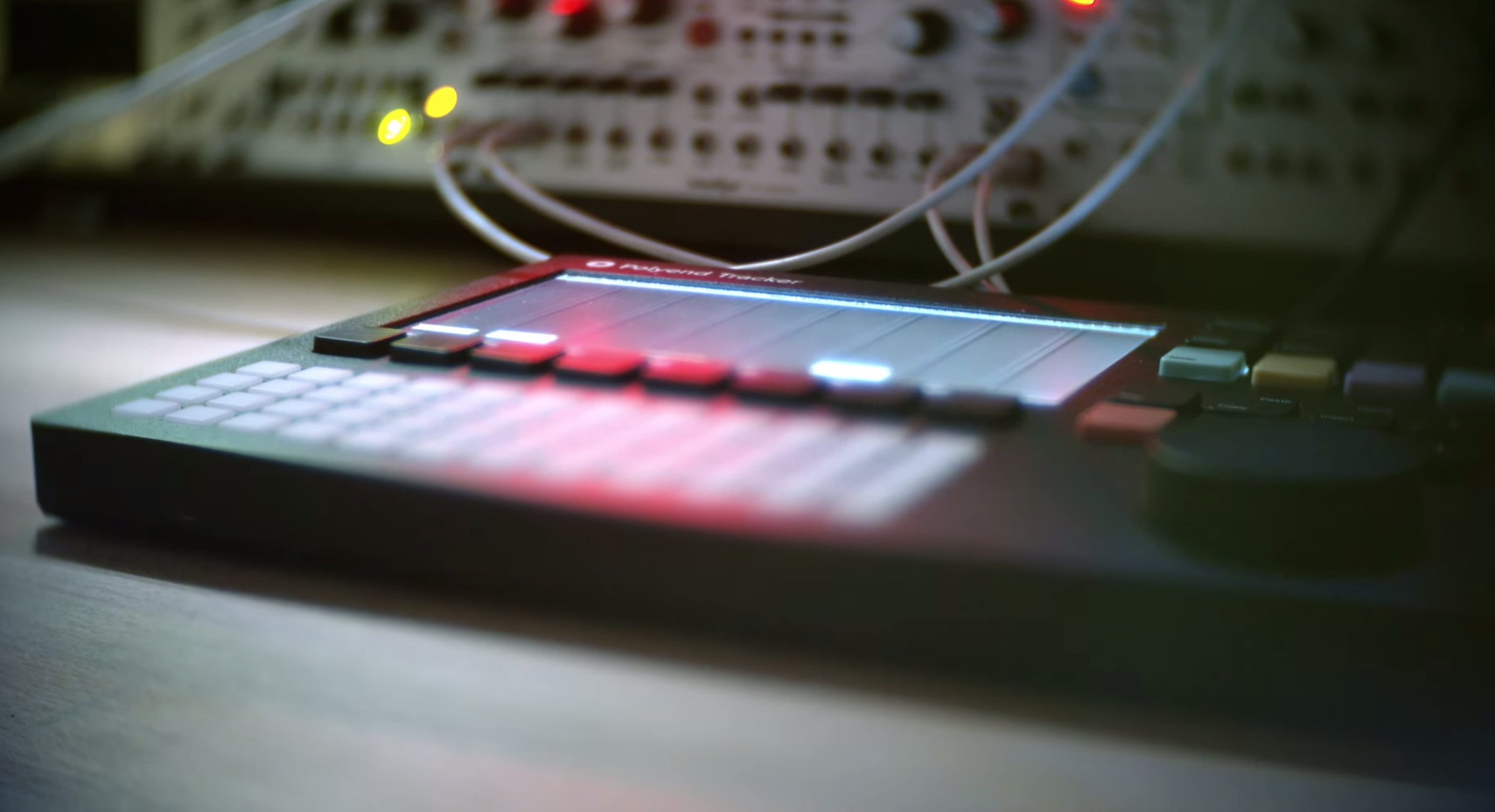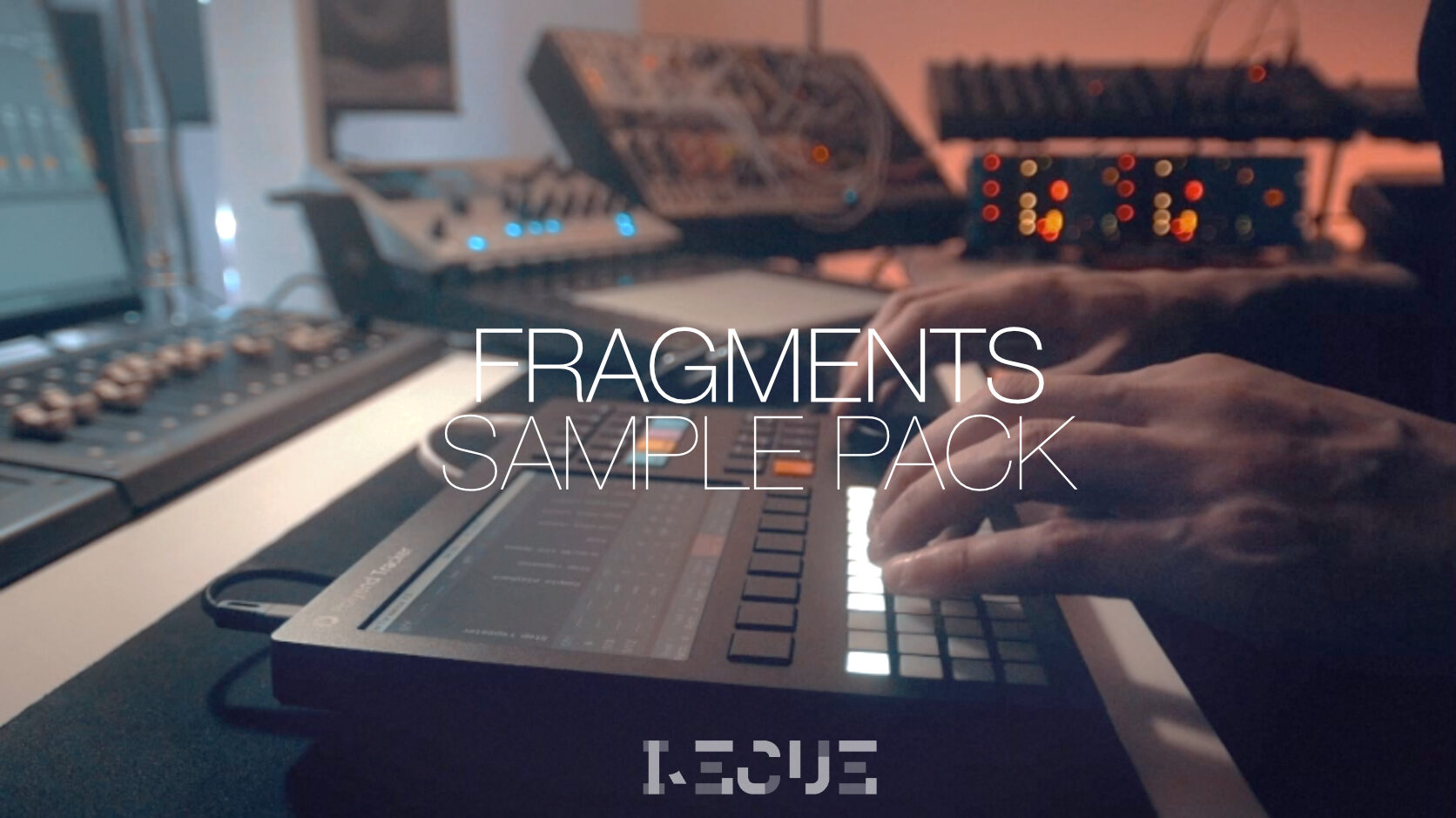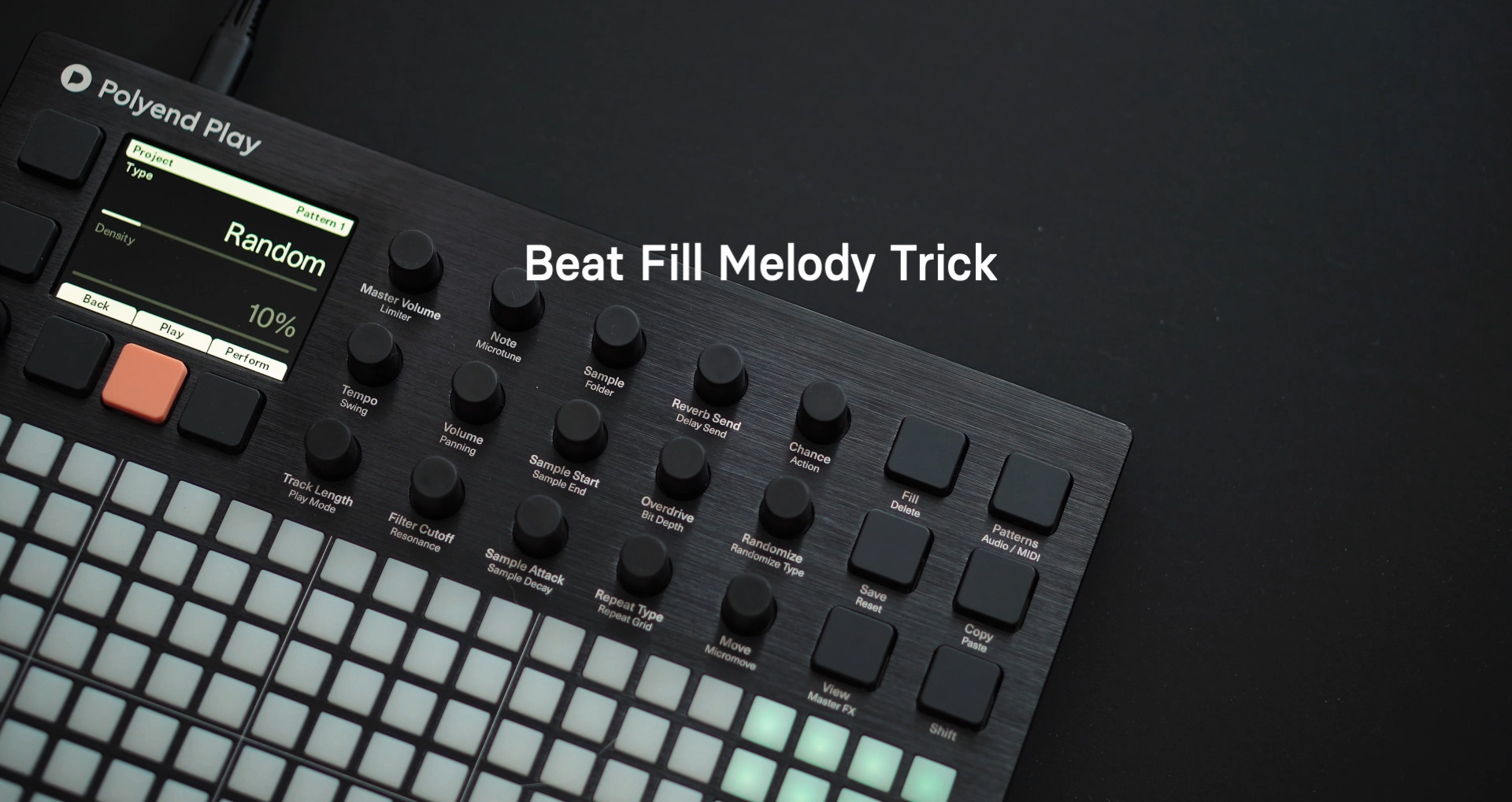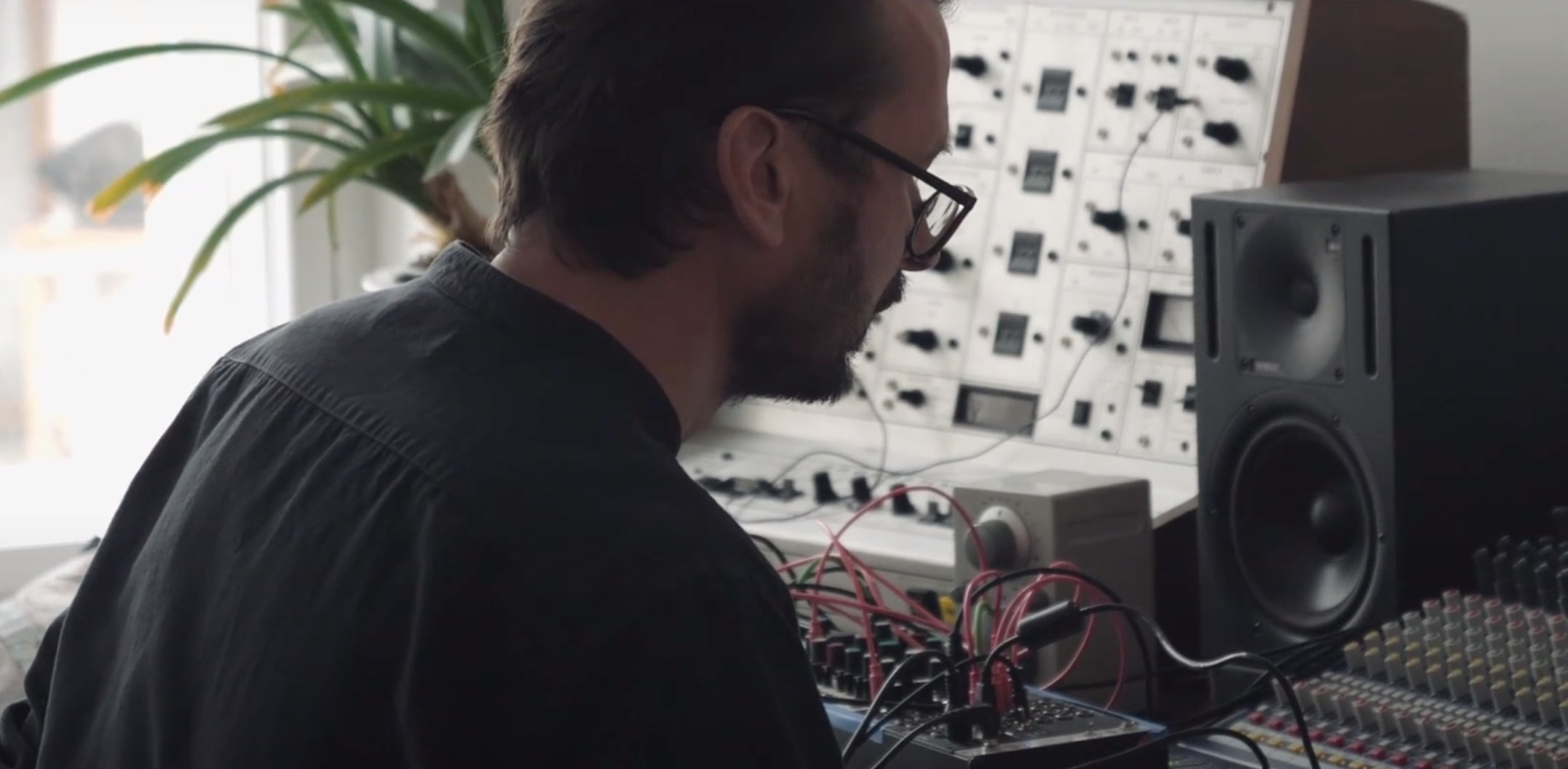
Qebo on his Polyend Records album, ‘Cellular Spaces’, and producing with a Tracker.
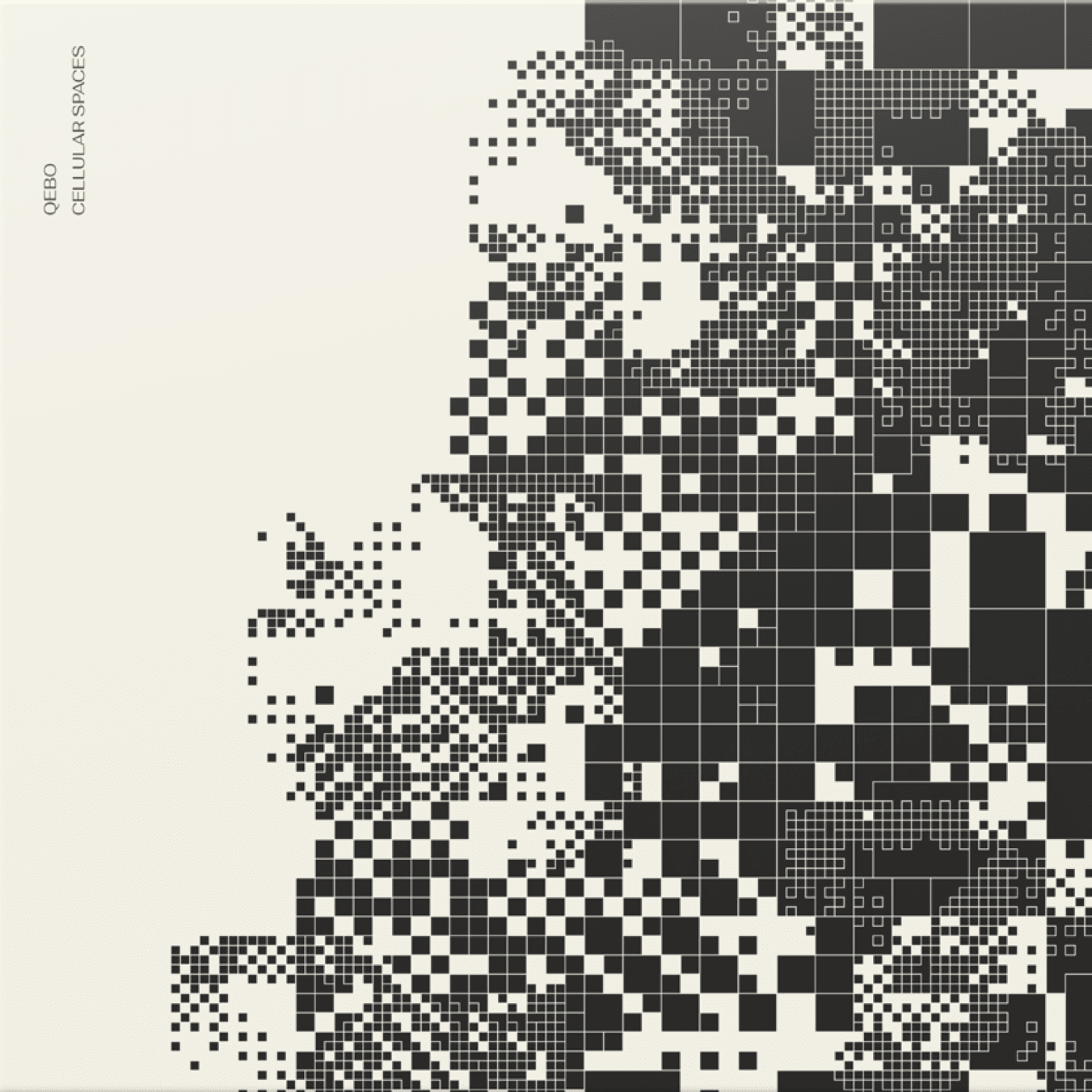
"I believe we should embrace and explore the boundaries of collaboration between humans and machines without fear. There is an intrinsic connection between data and nature, where nature can be found in data and data can reveal the intricacies of nature."
Qebo: When I was around 9-10, my older brother gave me a cassette tape of Jean Michel Jarre’s ‘Oxygene’ to listen to on my Walkman. Until then, I had been accustomed to falling asleep to classical music on the radio. This was my first exposure to an electronic music album, and it turned out to be a transformative experience. As I closed my eyes and pressed play, I was immediately transported into a futuristic realm filled with beeping sounds reminiscent of our Atari. It felt like a journey through a world of robots, machines, and computers as if I were floating in space aboard a spacecraft. The sound design and electronic elements captivated me like nothing before. I lost track of time that night, as I found myself listening to the album on repeat, completely enamored. That experience became a turning point, forever hooking me on electronic music.
Can you share some of the music, live shows, or raves that inspired you while growing up?
One of the most profound moments that deeply inspired me was during the Bios 02 festival in Athens in 2002. I vividly remember waiting for Richard Devine’s live performance, and unexpectedly, he played the yet unreleased ‘Gantz Graf’ video clip to the unsuspecting audience just before his set. The experience was absolutely mind-blowing. The combination of the immense projection screen and the powerful PA system created an otherworldly atmosphere. The sound and visuals were remarkably ahead of their time, leaving everyone in awe. It was a defining moment for me, and even now, I still get shivers when I recall that extraordinary experience.
What do you want listeners to take away from immersing themselves in your album Cellular Spaces? Is there a particular message, emotion, or experience you aimed to convey through the music?
When creating music, my primary intention is to satisfy and express myself. Each album is an opportunity for me to create the kind of music that resonates with my own ideal listening experience. I am deeply drawn to deep, multilayered sounds and intricate audio information. In approaching each piece, I adopt the mindset of a sculptor, shaping the sounds into their final form.
Cellular Spaces delves into sonic structures, behaviors, and interconnections, drawing inspiration from geometry and tessellation in nature. I am fascinated by the relationship between cellular spaces, geometry, tessellation, and nature. Cellular spaces serve as models to simulate natural patterns and processes that involve tessellation and geometry. For instance, they can explain how bees construct hexagonal honeycomb cells by applying local rules to circular cells. Moreover, cellular spaces have the ability to generate complex and captivating patterns resembling natural forms, such as shells, leaves, or crystals. This aspect of nature’s interconnectedness fascinates me deeply. The message I aim to convey through my music is the harmonious coexistence of humans and technology, machines. I believe we should embrace and explore the boundaries of collaboration between humans and machines without fear. There is an intrinsic connection between data and nature, where nature can be found in data and data can reveal the intricacies of nature. Through my music, I hope to inspire an appreciation for this symbiotic relationship and encourage the exploration of new possibilities in human-machine collaboration.
Are there production secrets or unique techniques you used to create this album? Is there any “special sauce” that contributed to its overall sound and atmosphere?
Ah, if only I knew the secret sauce! In reality, the ‘special sauce’ lies within us as artists. Each one of us possesses a unique taste and approach to art. Trusting our instincts is the most crucial secret of all. It may sound cliché, but it holds true. When creating art, we must have faith in our creative intuition and let it guide us. Our individuality and instinctive choices contribute to the overall sound and atmosphere of the album, making it truly special and unique.
Like the rest of Polyend Record’s current releases Cellar Spaces was created on the Polyend Tracker. What aspects of Trackers excite you the most and inspire your music-making process?
I find working with trackers to be an incredibly exciting and inspiring experience. Trackers offer a unique and immediate way to translate ideas from my mind to the speakers. Once you develop muscle memory and familiarity with trackers, they become incredibly fast for composing music. Their power lies in the per-step command approach, allowing for precise control and manipulation of musical elements. One aspect that truly excites me about trackers is their interface, which enables quick experimentation and changes. This allows me to explore different possibilities and often leads to serendipitous discoveries and happy accidents in my music-making process. Trackers are particularly well-suited for creating intricate sequences, whether they involve rhythmic patterns or complex melodies. Furthermore, the ‘effect’ commands in trackers are exceptionally unique, inspiring, and powerful. They add an extra layer of creativity and dynamics to the music that is unlike any other tool. The ability to manipulate and shape sounds in such a granular and precise manner opens up a world of possibilities for sonic exploration and expression.
Have you noticed a significant difference in the music you create using Trackers compared to other sequencing and recording methods, such as traditional DAWs?
One notable difference is the speed at which I can finish music on trackers. This often results in my tracker pieces being more raw and less polished or elaborate. However, this is not necessarily a bad thing. The fast-paced nature of working on trackers allows me to stay closer to my creative instincts and maintain the momentum of inspiration throughout the process. As a result, I feel a stronger connection to the tracks I create on trackers. Moreover, the limitations inherent in trackers intrigue my curiosity and spark my creativity. I enjoy the challenge of finding workarounds or hacks to accomplish my musical goals within the constraints of the tracker environment. These limitations push me to think outside the box and explore unconventional solutions, which adds a sense of fun and excitement to my music-making process.
BIO
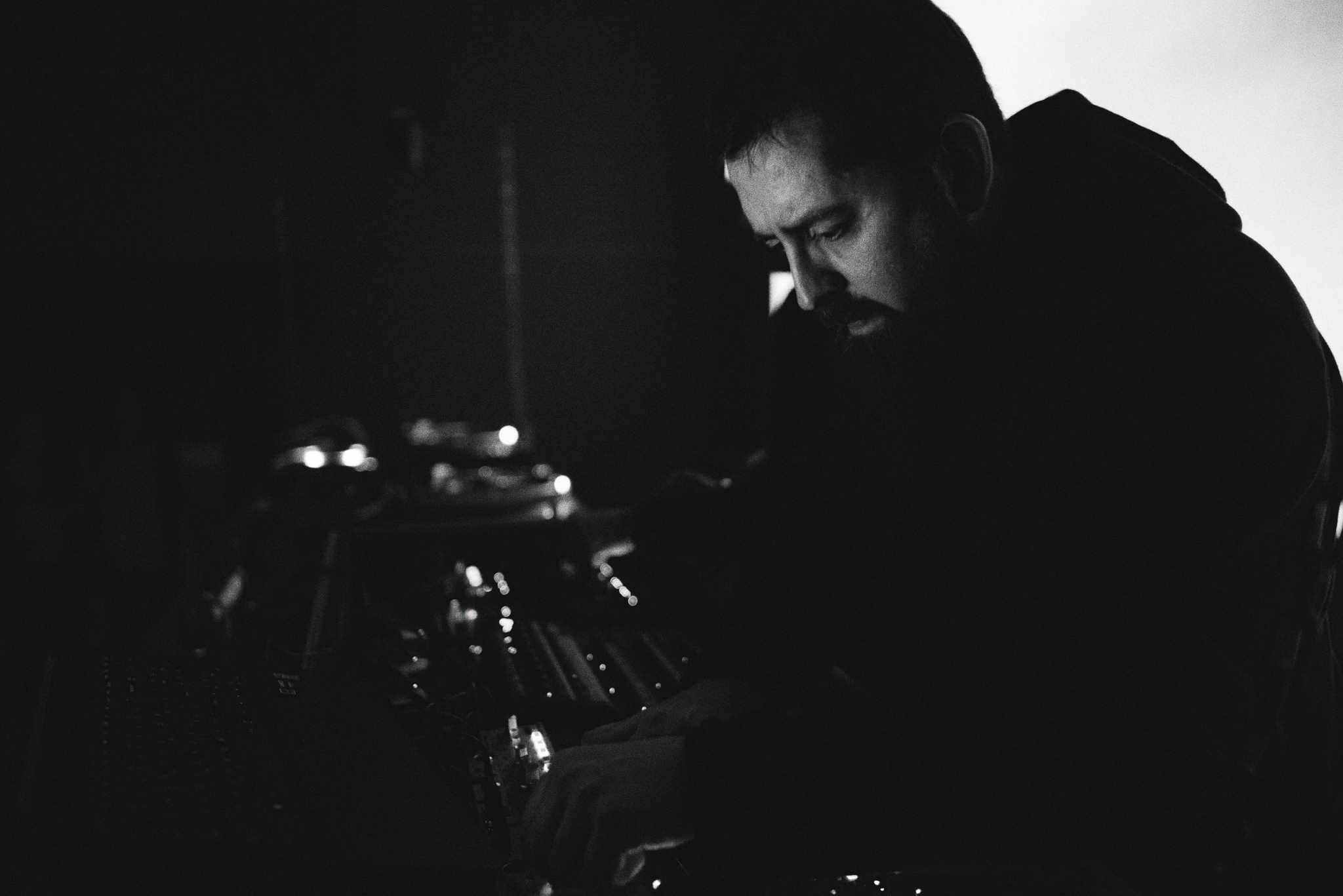
Alex Retsis [Qebo] is an electronic musician and sound designer based in Athens, Greece.
His Qebo project is known for its multi-layered and heavily processed style, combining influences from glitch, contemporary electronic & electroacoustic music. Alex has been releasing music since the early 90s, on labels such as Basic Channel, Detroit Underground, Modular Expansion and others. He has shared stages alongside artists such as Alva Noto, Richard Devine, Ryoji Ikeda, Vladislav Delay, Jamie Lidell, Fennesz, Drumcell, Laurent Garnier and others; has officially remixed music by Ryuichi Sakamoto and collaborated with artists such as William Fields, Qebrus, DEN and Valance Drakes. Alex has performed concerts and designed immersive sound installations in many European countries, including the Greek National Opera, the Institute For Contemporary Art in Berlin, at SNFCC / Greece, at PACE – De Montfort University, Thessaloniki Concert Hall, Berghain & Tresor clubs, and has participated in domestic festivals such as Synch, Bios, Mediaterra and many more.
Alex is contributing sound design and beta-testing services for audio software developers Arturia, Glitchmachines, Unfiltered Audio, Sugar Bytes, Polyend, Audiomodern, Krotos, Twisted Tools and other companies and has designed many signature sample libraries. Additionally, he frequently collaborates with German audio pioneers Native Instruments, where he provides sound design and composition services. He has provided exclusive sound design services for Bezier Animation Studio, Soundsnap and Sounds.com, the audio platform powered by Native Instruments. He recently joined the Helsinki Sound Factory team.Alex is a Lecturer for Linear Sound Design – Sound Art & Mix / Multimedia Art department at Salzburg University Of Applied Sciences and a Guest Lecturer at Berklee College Of Music.
